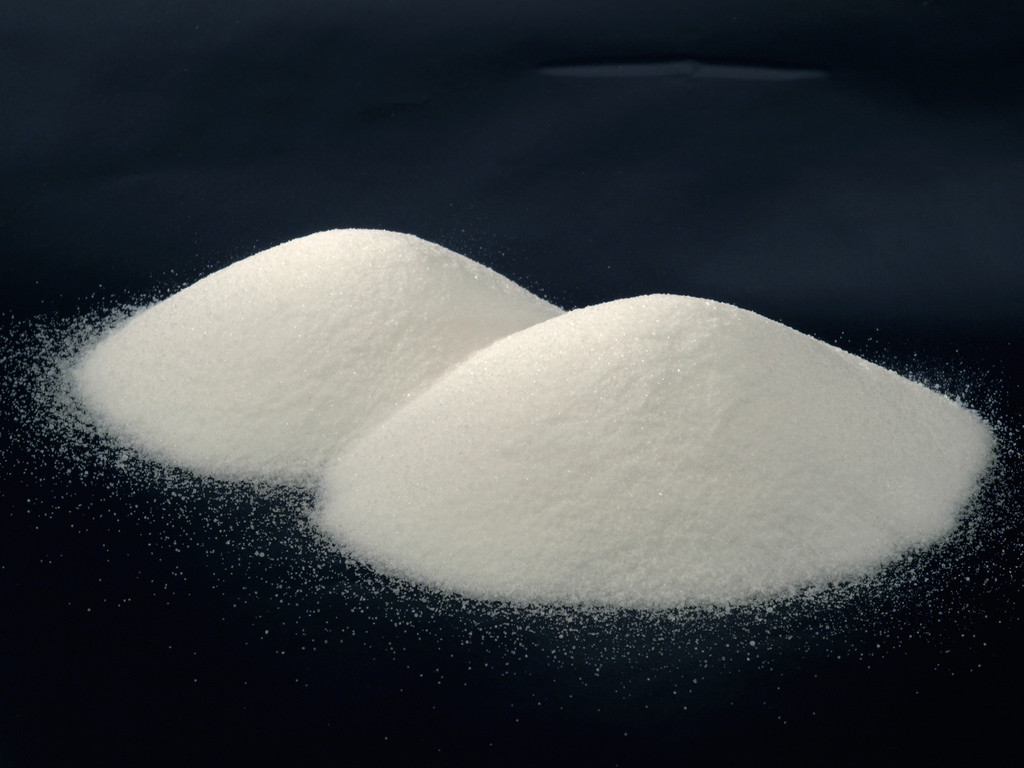
Photo credit toDubravko Sori?
“A Lyme patient is tired from adrenal fatigue,” a naturopath recently told me. The only way to eliminate the fatigue is to decrease infections and support the adrenal glands through the process, he suggested.
Adrenal fatigue results from low functioning adrenal glands–small hormone-producing glands located on the top of your kidneys. While the glands themselves aren’t diseased, they’re underactive, resulting in a whole host of symptoms. Lyme disease patients aren’t just “tired” due to adrenal fatigue, they’re devoid of energy, “crash” during times of stress, experience low blood pressure, feel dizzy upon standing, feel achy, experience hypoglycemic episodes and more. Some experts believe adrenal fatigue, also known as adrenal insufficiency, is caused by a disruption in the brain’s hypothalamus, the region of your brain that signals your adrenal glands to produce hormones. At times, addressing adrenal fatigue in Lyme patients can be troublesome and confusing.
In her September 19th, 2016 article, Connie Strasheim presents Solutions for Mitigating Adrenal Fatigue in Lyme Disease. Strasheim’s piece provides patients with valuable information on supplements to combat adrenal fatigue. However, if you’re like me, you may have chemical sensitivities or be intolerant of stimulating herbs like adaptogens, adrenal extracts, and glandulars. In this article, I discuss lifestyle changes to support the adrenal glands when your body can’t handle some of the more commonly recommended supplements.
1) Improve Your Sleep Schedule- You need it. You crave it. But sometimes you just can’t get sleep no matter what you do, and your sleep habits play a large part in restoring your adrenal glands. To assist your body in the healing process, plan to eliminate the use of TVs and electronic devices by around 8:00 PM. Though this may be a difficult pattern to break, the reduction in stimulating light will encourage your body to produce the sleep-inducing hormone called melatonin. Try your best to be in bed between 10:30 PM and 11:00 PM, which reduces the likelihood that you’ll be kept awake by a “second wind” adrenaline surge. Whenever possible, aim to sleep in until 9:00 AM. Adrenal fatigue expert, Dr. James Wilson, says this allows your morning cortisol levels to rise gently and without interruption. Seek to make this new schedule a routine, so that your body’s natural sleep-awake cycle gets reinforced.
2) Eat a light snack before bed- A small snack before bed, like a handful of nuts or a spoonful of coconut oil, can help you fall asleep. It balances your blood sugar and lessens the chance for a boost in your nighttime cortisol–soothing the brain and the body for a better night’s rest.
3) Rejuvenate your adrenal glands with food– Bone broth is nutrient-dense fuel for the adrenal glands. Packed with collagen, gelatin, and amino acids, bone broths contain an array of nutritious http://www.ativan777.com components that are easily digestible. Other healing foods that are low in sugar, high in fiber, and contain beneficial fats to feed the adrenal glands include: cruciferous vegetables, coconut oil, avocados, olives, wild caught salmon, chicken, turkey, nuts, seeds, and seaweed. These healthy foods work to replenish your body from the inside out.
4) Increase your intake of sea salt– Many people with adrenal fatigue have electrolyte imbalances and low blood pressure, which contribute to a worsening of symptoms. “A relatively easy tactic to increase blood pressure is to simply take in more salt and water. Salting food liberally as well as taking salt-water drinks can be very helpful. Sea salt is better than table salt because it contains trace minerals. Drinking more water will increase blood volume. This helps those that have chronic hypotension, chronic orthostatic intolerance, neurocardiogenic syncope, and POTS, ” reports Michael Lam, MD, an adrenal fatigue consultant in Loma Linda, California. To help replace both sodium and fluid volume, try ¼ to 1 tsp of sea salt dissolved in a glass of water first thing in the morning. A word of caution: if you have high blood pressure, please discuss this with your doctor before increasing your salt intake.
5) Avoid harsh detoxing- Simply put, severe detoxing can further disrupt an already delicate fluid balance in the body forcing the adrenal glands to work harder. Instead of aggressive detoxification strategies, try something gentler like dry skin brushing, an Epsom salts foot bath or a hot-cold shower.
6) Begin restorative exercise- As Lyme patients, we know exercise is critical to our healing. But if you expend all your energy on trying to push yourself through an exercise routine, you’ll worsen adrenal fatigue and increase the amount of time it takes for you to recover. Exercise is essential for rebuilding your body, but it’s the right kind of exercise that matters most. You want to conserve as much energy as possible, so your goal for exercising is to restore the body; do exercises that release tension, improve movement, ease pain, increase oxygen throughout your body, and strengthen your core. Some examples of these types of activities include gentle walking, restorative yoga or Pilates, and Tai Chi. When your body has rebuilt some energy reserves, you can progress to more challenging workouts.
For some Lyme patients, the rebuilding process may take weeks. For others, this process could take months or even years. Regardless of the length of time it takes you to bring your adrenals into a state of balance, try to listen to your body and not measure your progress by what others are doing. Your path to recovery will be uniquely yours in all aspects.
References
Lam, M. (2012). Adrenal Fatigue Syndrome. Loma Linda, CA: Adrenal Institute Press.
Wilson, J. L. (2001). Adrenal Fatigue The 21st Century Stress Syndrome. Petaluma, CA: Smart Publications.

Excellent and very informative article. I put it in my Pinterest.